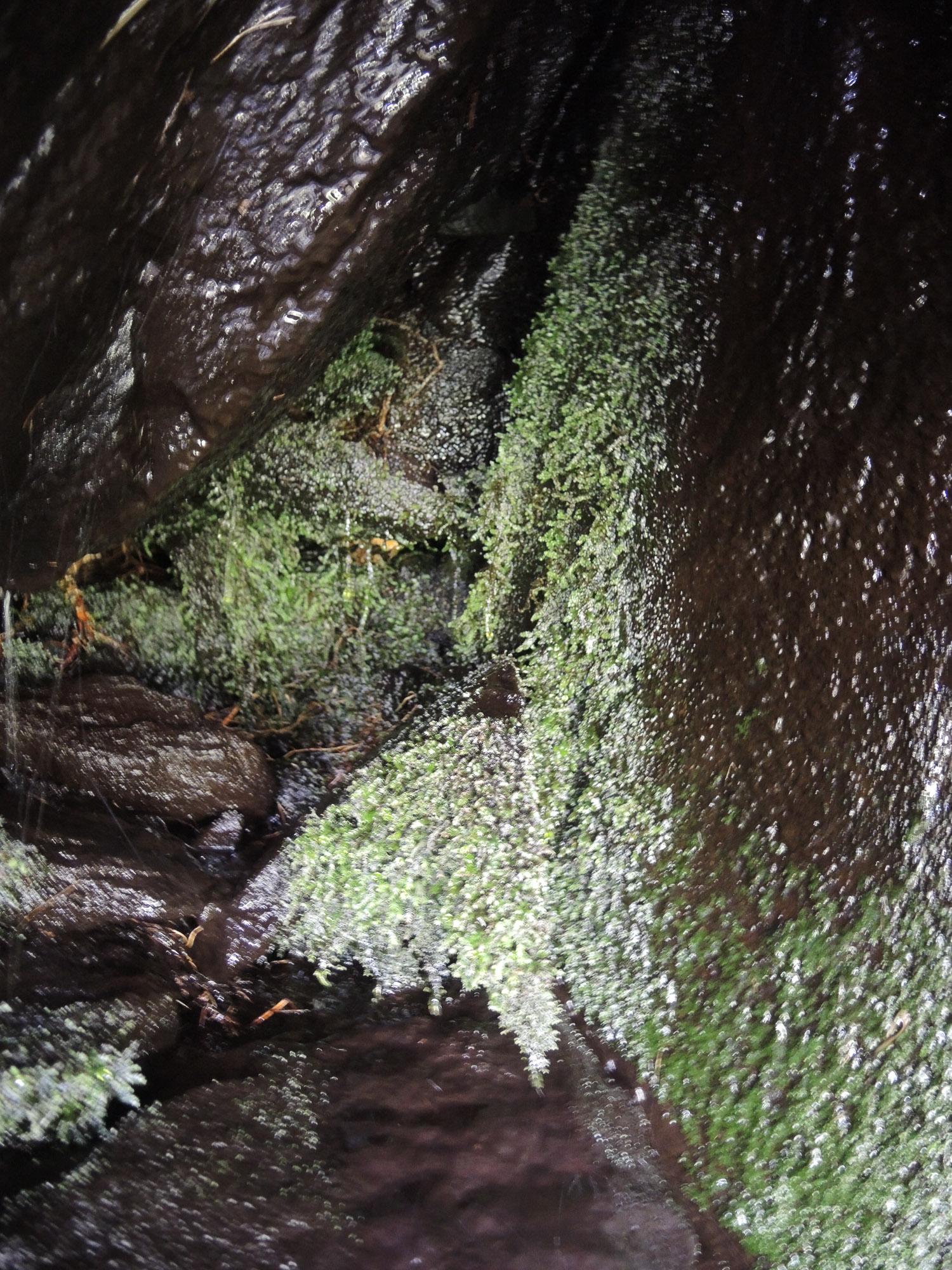
DSCN9762_Cyclodictyon-laetevirens.jpg from: https://www.britishbryologicalsociety.org.uk/learning/species-finder/cyclodictyon-laetevirens/
Exploring the Fascinating World of Cyclodictyon flexicuspis Broth. Moss
Introduction
Today we’re diving into the captivating realm of Cyclodictyon flexicuspis Broth., a unique species of moss belonging to the Pilotrichaceae family. Also known simply as Cyclodictyon, this tiny but mighty plant plays important ecological roles and boasts some remarkable adaptations. Join me as we uncover the secrets of this fascinating bryophyte!
Background on Bryophytes
Before we get into the specifics of C. flexicuspis, let’s briefly review what bryophytes are. Bryophytes are non-vascular land plants that include mosses, liverworts, and hornworts. They lack true roots, stems, and leaves, instead having structures that serve similar functions. Mosses like Cyclodictyon are classified under Bryopsida.
Morphology and Identification
C. flexicuspis forms loose mats with irregularly branched stems. Its leaves are ovate-lanceolate, around 1-2 mm long, with a costa (midrib) extending 1/2 to 2/3 the leaf length. Leaf margins are serrate and cells are rhomboidal. The seta (stalk) is 1-2 cm long, with an inclined, ovoid to cylindrical capsule.
Global Distribution and Habitat
This species is widely distributed in tropical and subtropical regions worldwide, including Central and South America, Africa, and Asia. It grows on various substrates such as soil, rocks, tree trunks and rotten logs in moist, shaded habitats like rainforests and cloud forests from lowlands to 2500 m elevation.
Ecological Roles and Adaptations
Like other mosses, C. flexicuspis plays vital roles in its ecosystems:
- Moisture retention: Its mat-like growth traps and retains water, helping maintain humidity in its environment.
- Erosion control: By covering soil and rocks, it prevents erosion and stabilizes substrates.
- Microhabitats: It provides shelter and resources for micro-organisms and small invertebrates.
- Nutrient cycling: It aids in breaking down organic matter and releasing nutrients back into the ecosystem.
C. flexicuspis has adaptations that allow it to thrive in its habitats:
- Poikilohydry: It can tolerate desiccation by suspending metabolic activity when water is scarce and resuming growth upon rehydration.
- Leaf structure: Its small, densely packed leaves help conserve moisture.
- Rhizoids: These root-like structures anchor the moss and absorb water and nutrients.
| Characteristic | Description |
|---|---|
| Leaf shape | Ovate-lanceolate |
| Leaf size | 1-2 mm long |
| Costa length | 1/2 to 2/3 leaf length |
| Leaf margin | Serrate |
| Leaf cells | Rhomboidal |
| Seta length | 1-2 cm |
| Capsule shape | Ovoid to cylindrical |
| Capsule orientation | Inclined |
Conclusion
Cyclodictyon flexicuspis Broth. may be small, but it is a remarkable moss with important ecological functions and fascinating adaptations. The next time you’re in a tropical forest, take a closer look – you might just spot this tiny but mighty plant in action! What other secrets do you think bryophytes like Cyclodictyon hold? The world of mosses is full of wonders waiting to be uncovered by curious minds like yours.